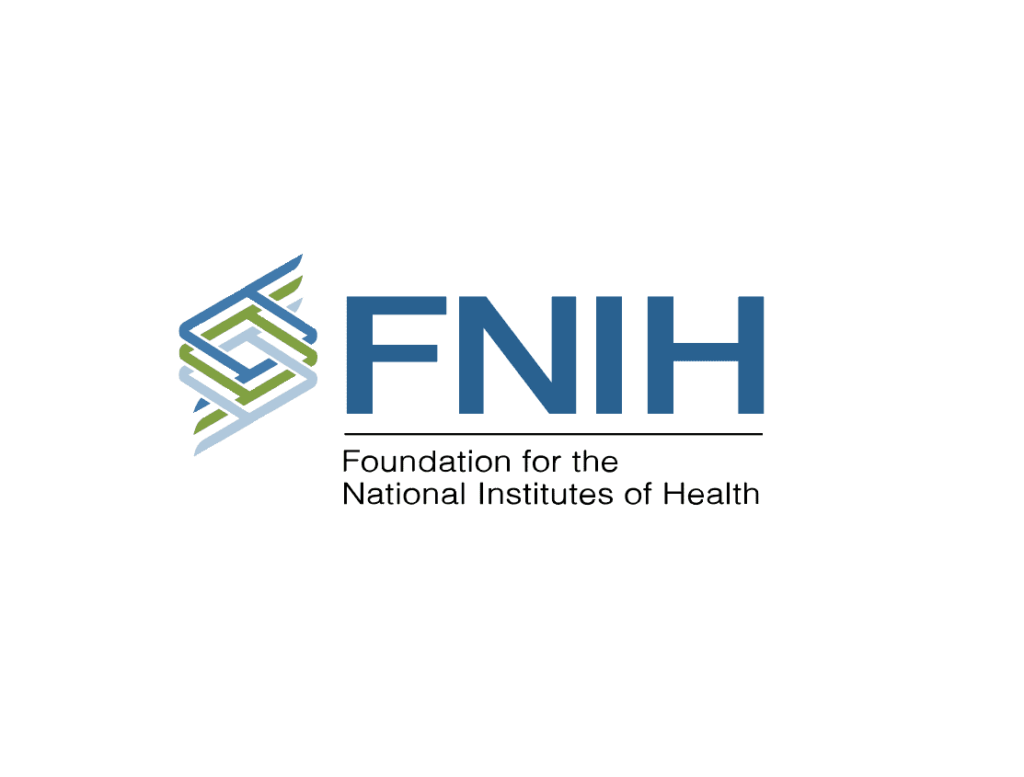

April Legislative Update: Continuing Resolution Impacts on Patient Priorities
By: Allen Pinn, Policy Coordinator
The Trump Administration’s first 100 days have been marked by ongoing executive and legislative actions, including finishing work on the 2025 fiscal year (FY2025). The Administration has prioritized cutting funding for discretionary programs to curb overall federal spending. On March 14, Congress passed a continuing resolution (CR) to fund the government through September of this year. The CR increases defense spending by $6 billion, while cutting non-defense spending by $13 billion, which includes foreign aid and domestic programs, as well as earmarks for projects in congressional districts.
Funding for the Centers for Disease Control and Prevention (CDC) and the National Institutes of Health (NIH) remain at FY2024 levels. CDC funding focuses on several items including HIV/AIDS, immunizations, and global public health protections. While the NIH maintained FY2024 levels of funding, many questions surround the termination of several NIH grants centering around health equity. The FDA was funded at $6.7 billion, which is a 2.3% increase.
The FY25 budget significantly cut funding to the Congressionally Directed Medical Research Programs (CDMRP) from $1.5 billion to $650 million, a 57% reduction, impacting research across medical fields. CDMRP is an important priority for many of NHC’s member organizations, and these cuts have caused anxiety across the patient community. Established in 1992, CDMRP is responsible for funding a wide range of health-related issues that impact the chronic illness community. Unlike the NIH, CDMRP can appropriate its funding to specific health issues. CDMRP can use its funding to target research of specific health conditions with strong interest from the military or public health officials such as ALS, breast cancer, and Parkinson’s disease.
Programs affecting the patient community that received provisions in the CR include:
Community Health Centers
Community health centers play a vital role in making health care affordable to millions of individuals across the country. Community health centers received $2.14 billion in funding to be used from April 1 through September 30, 2025.
Medicare Dependent Hospital (MDH) & Low-Volume Adjustment (LVA) Programs
MDH, which are small, rural hospitals, are hospitals with 100 or fewer beds which receive special payment provisions under the Medicare program. The LVA program also provides Medicare payments to rural hospitals with lower patient volumes. These programs assist in closing care gaps between rural and urban. Both MDH and LVA are extended through October 1, 2025, and September 30, 2025, respectively.
Medicare Acute Hospital Care at Home (AHCAH)
The AHCAH program provides inpatient acute-level care to patients within their homes. The CR extends the program through September 30, 2025.
Medicare Telehealth Flexibilities
The CR extends the COVID-19 related telehealth flexibilities through September 30, 2025. These flexibilities extend to Federally Qualified Health Centers, which allow patients to receive telehealth services for medical and mental health services. The flexibilities also include waiving Medicare geographic requirements, giving patients access to telehealth services regardless of their location or their care provider. The legislation also extends audio-only, a popular telehealth service that allows patients to discuss their medical needs over the phone, which is important for individuals who are not physically able to visit their health care providers due to illness or mobility issues. Lastly, telehealth services were also extended for patients receiving hospice care.
Teaching Health Center Graduate Medical Education
Strengthening the health care workforce has remained a bipartisan issue, further accentuated by the COVID-19 pandemic and the aging Baby Boomer population. The CR provides $87.7 million for the Teaching Health Center Graduate Medical Education program from April 1 through September 30, 2025.
Despite some health provisions being included in the final CR, notable patient priorities were absent:
Increase in the Medicare conversion factor
Although the House GOP Doctors Caucus pushed for an increase in Medicare payments to physicians, the CR cut 2.8% in Medicare payments to physicians who treat patients in the Medicare program. These cuts have been criticized by medical professionals who argue they will have significant ramifications for underserved populations in both rural and urban areas and lead to closures of clinics and other provider services.
PBM Reform
Pharmacy Benefit Manager reform has become a prominent topic in congressional hearings in recent years. However, despite bipartisan support, efforts to reform these intermediaries have once again stalled in Congress.
Safe Step Act
The bipartisan Safe Step Act is an advocacy priority for the National Health Council (NHC) and its member organizations, and while it wasn’t included in the CR, we will continue to advocate for its passage to protect patient access to necessary treatments. The Safe Step Act would mitigate issues surrounding step therapy, also known as “fail first,” where insurers implement tiered treatment pathways for health conditions and require prior authorization before covering a treatment or medication. The Safe Step Act would not ban step therapy outright—it would mandate that group health plans to provide exceptions for any medication’s step therapy protocols. The legislation would also require group health plans to respond to most exception requests within 72 hours and in 24 hours for medically severe cases.
The NHC will continue monitor any new developments surrounding federal spending, most notably the announcement of President Trump’s budget proposal for FY2026. The NHC is also closely tracking the reconciliation process and taking necessary steps to ensure congressional leaders are aware of the impact the current package would have on the patient community.


